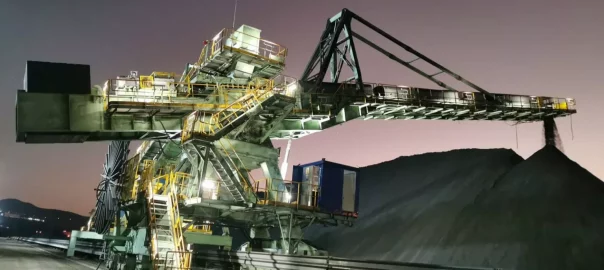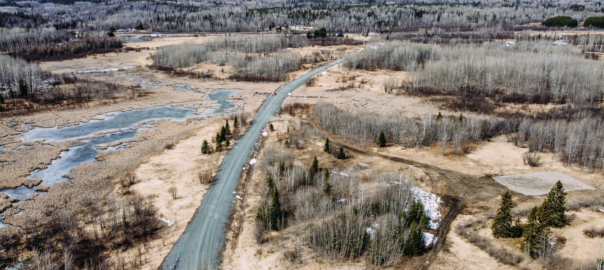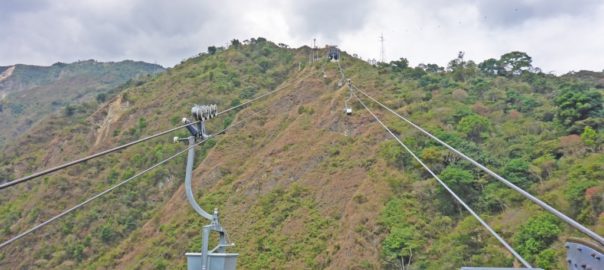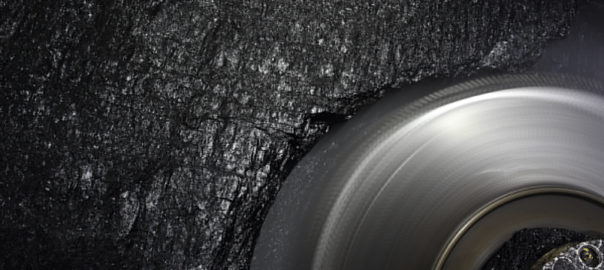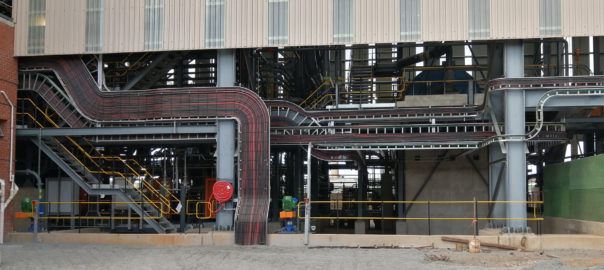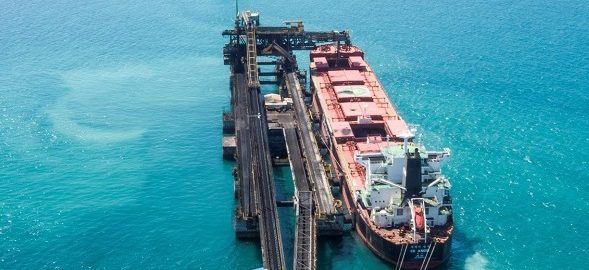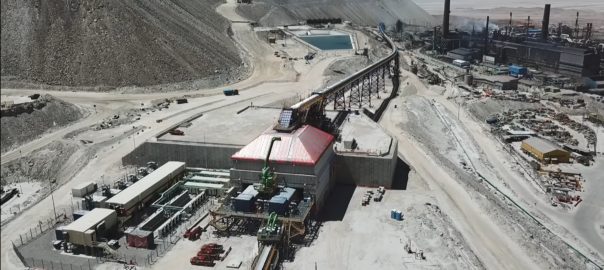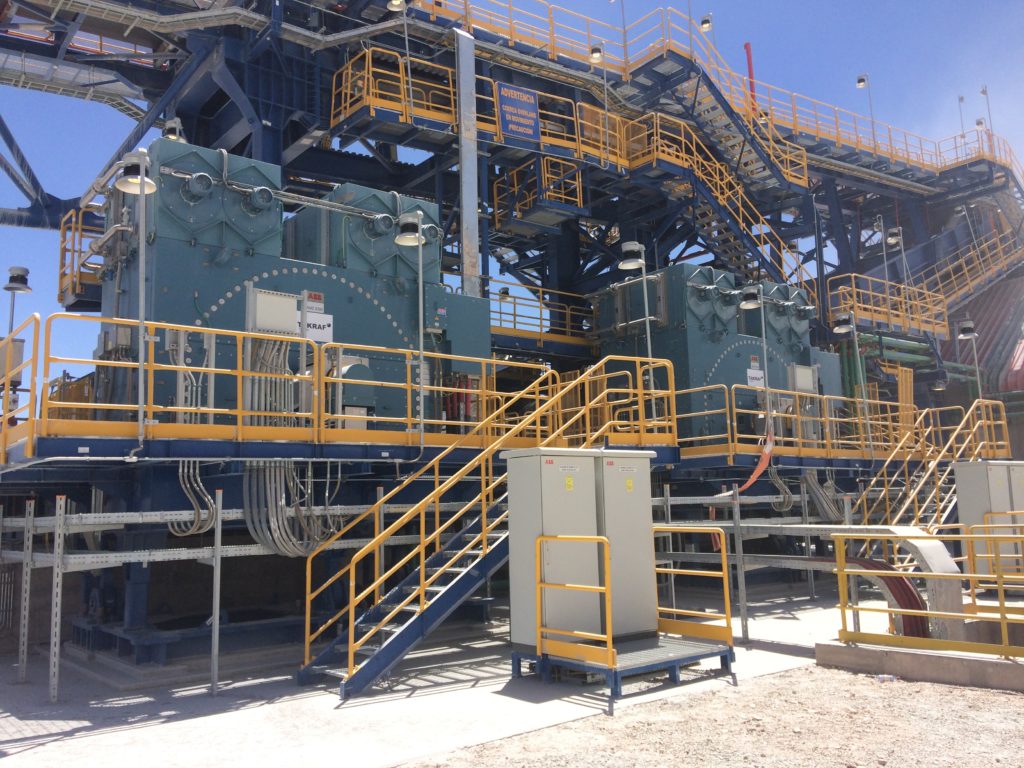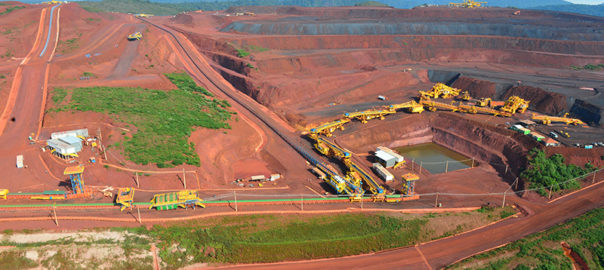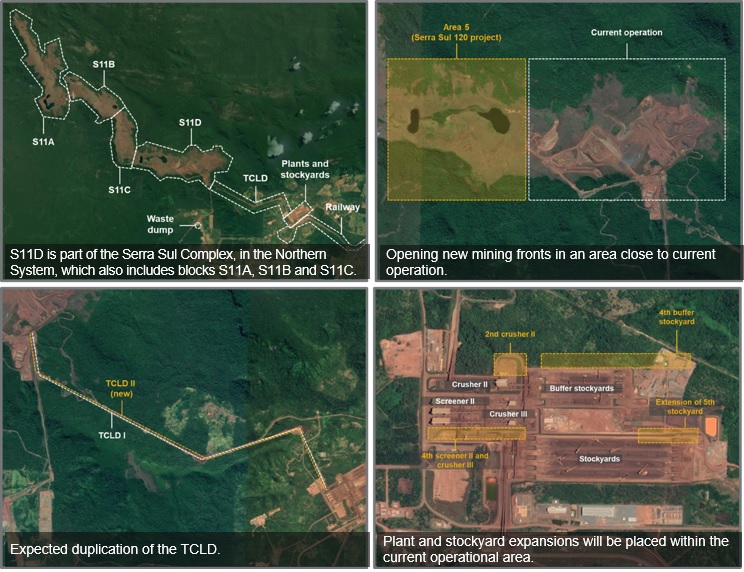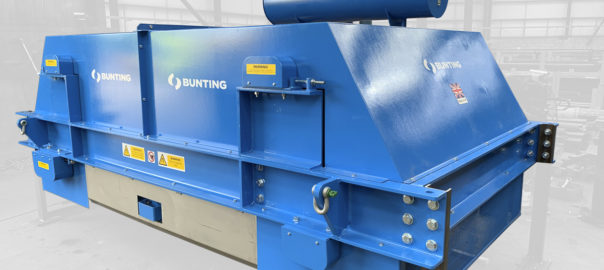Close to eight months after announcing the contract award, Italy-based Bedeschi S.p.a. has delivered a stacker and conveyor to Peru-based iron ore miner, Shougang Hierro Peru SAS.
The STK33/1000 stacker and conveyor have been designed to operate at a 1,800 t/h rate, and are being used as part of an expansion project. They have been installed in the San Nicolas beneficiation area where the mineral is processed and stocked before being dispatched.
Both pieces of equipment are in the commissioning phase ready to be handed over to the mine operators, Bedeschi said.
Back in December, the company announced the order from Shougang Hierro, saying it would be responsible for engineering, manufacturing and delivery of one conveyor (width 1,000 mm and total length of 710 m) and one stacker STK33/1000 designed for a nominal stacking rate of 1,500 t/h of iron ore.
It was also supporting Shougang Hierro in the optimisation of existing equipment, implementing DEM analysis and optimised design on interfaces with the new supplied equipment.
Shougang Hierro’s open-pit mine uses Chinese TYHI WK12 rope shovels loading Komatsu HD1500-7 and Caterpillar 785C trucks to transport ore to primary crushers, from where ore is conveyed to San Nicolas via a belt approximately 15.3 km long and with a capacity of 2,000 t/h.
The secondary crushing plant at San Nicolas sees the iron ore reduced in size by approximately 95% then fed to a magnetic separation plant for mill grinding and concentration via cyclones, magnetic separation and flotation, separated into two types of products, high-grade iron concentrate for sintering and the other used to feed the pelletising plant, after going through a filtration process. In the filter plant, thickening, homogenisation and filtering of the pulp received from the magnetic plant are carried out, leaving the ore ready to be made into pellets.







